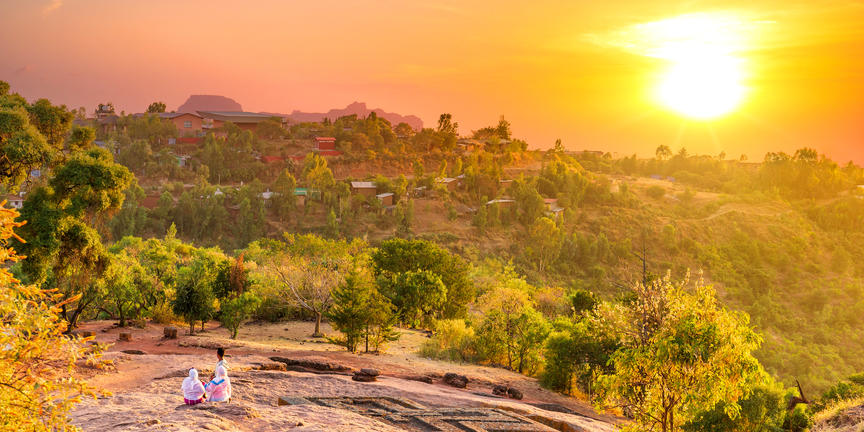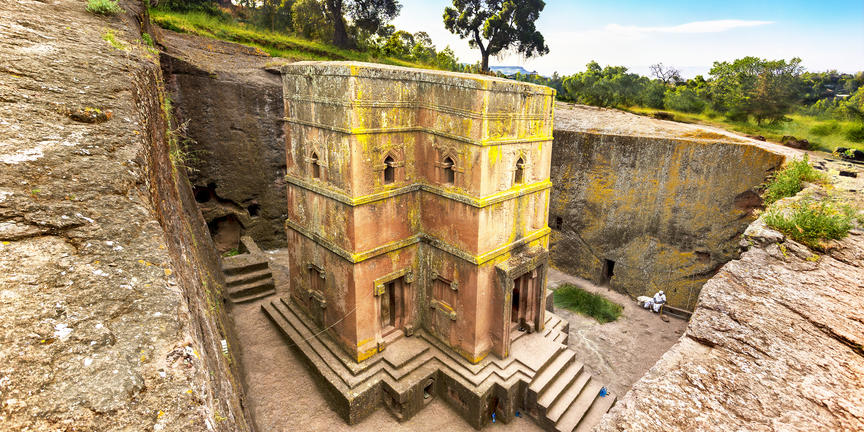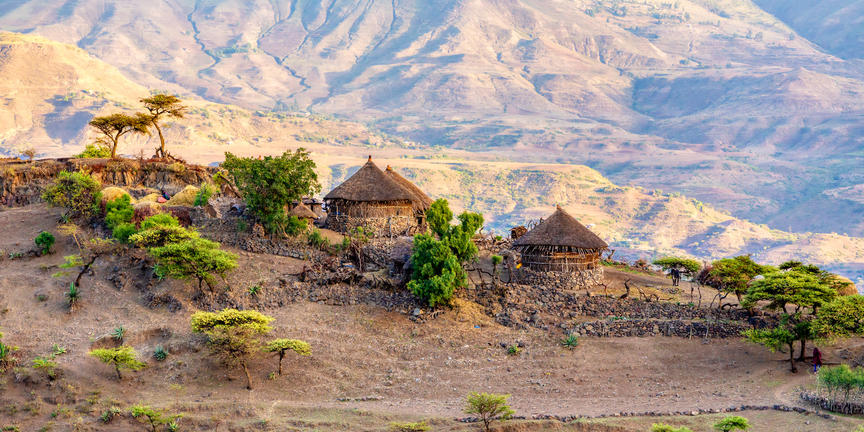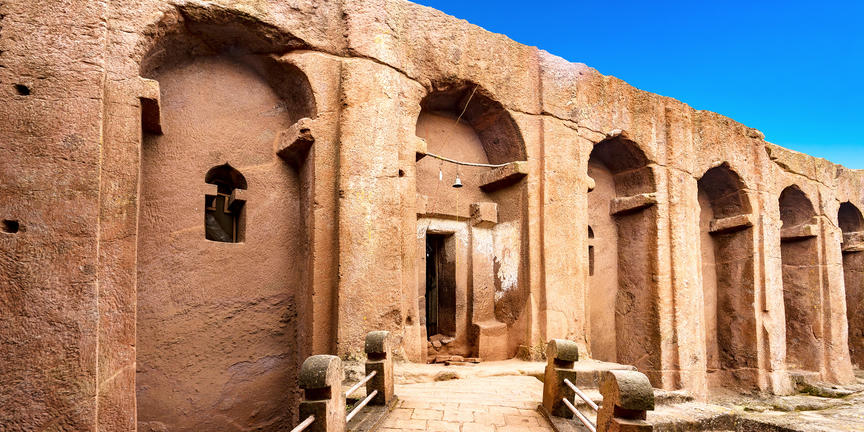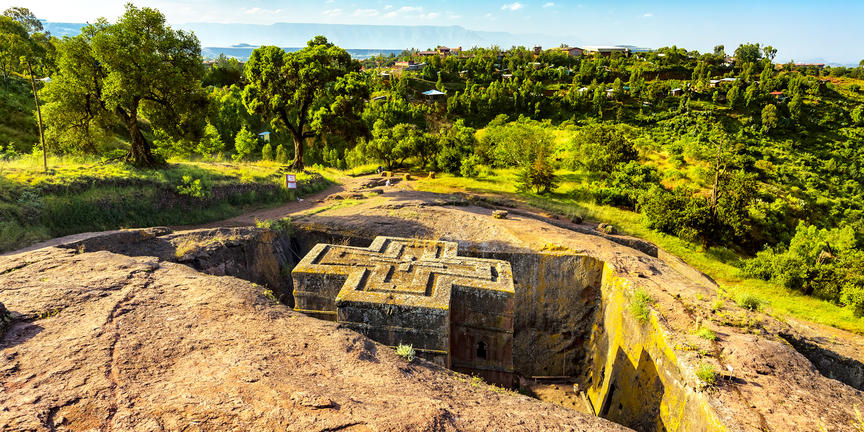Located in the highlands fringing the Great Rift Valley, Addis Ababa serves as the political, cultural and commercial centre of Ethiopia. This sprawling city rests in the foothills of the Entoto Mountains and features a mix of traditional homes, elegant villas, and tall office buildings. Visitors can look forward to a selection of wonderful activities including: visiting the National Museum, displaying local art, traditional crafts and prehistoric fossils; exploring the copper-domed Holy Trinity Cathedral, a Neo-Baroque architectural landmark; and sampling rich Ethiopian coffee as well as the memorable cuisine featuring spicy stews and Ethiopia’s signature Injera bread.
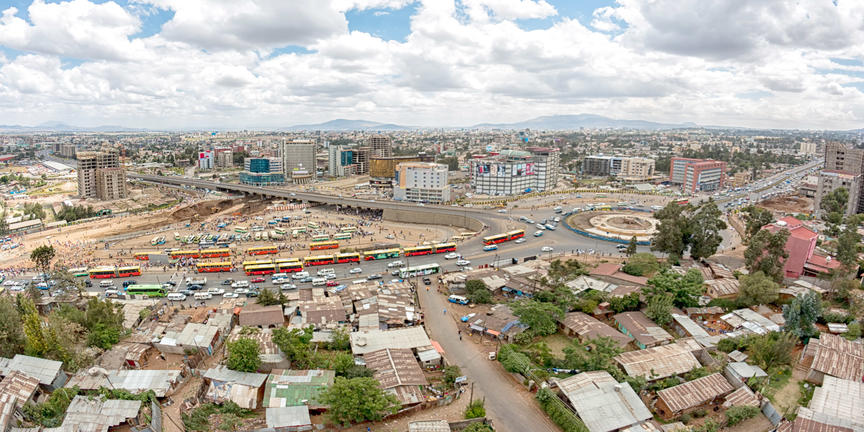
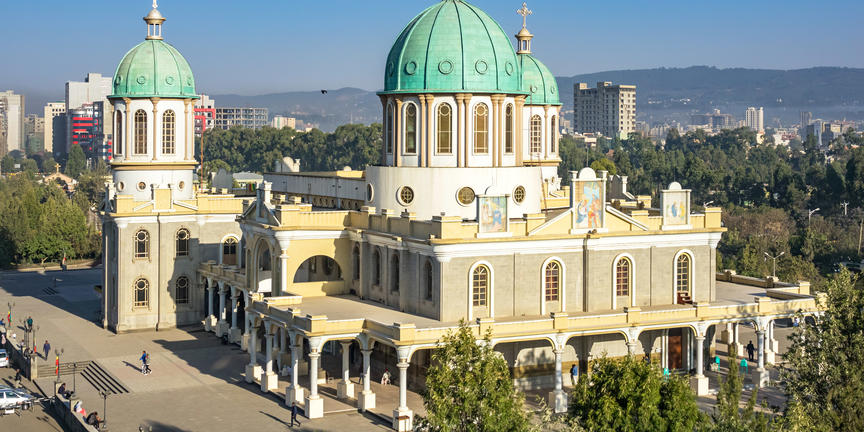
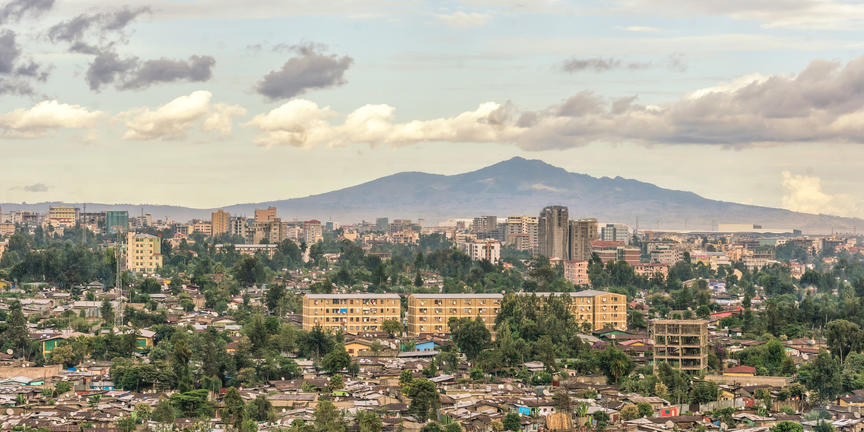
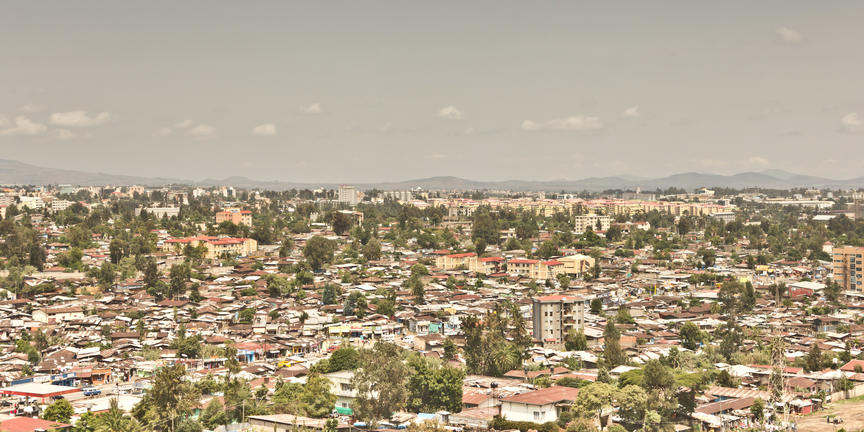
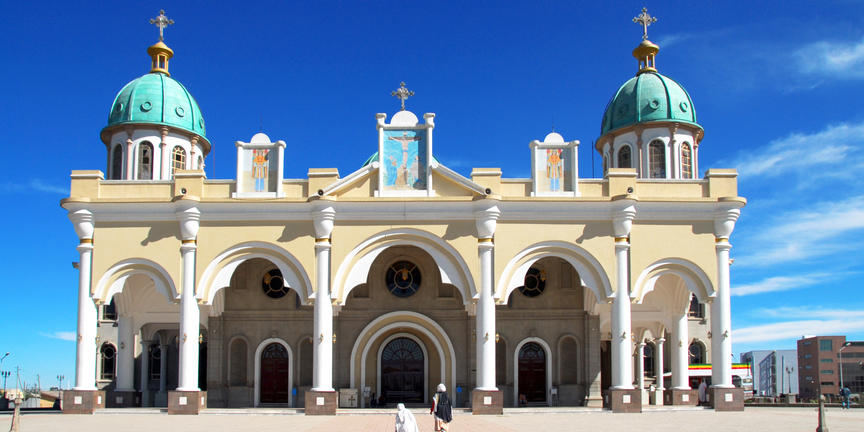
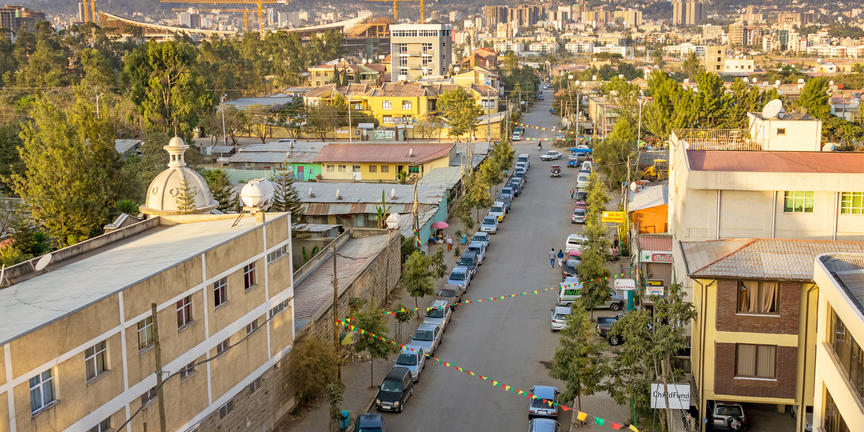
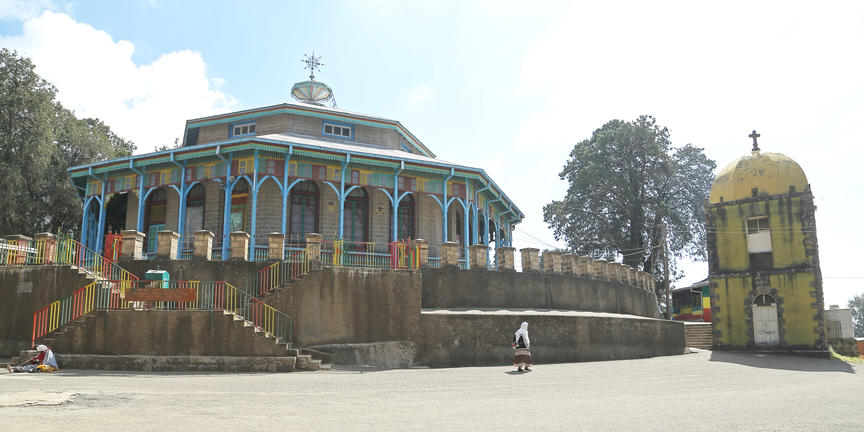
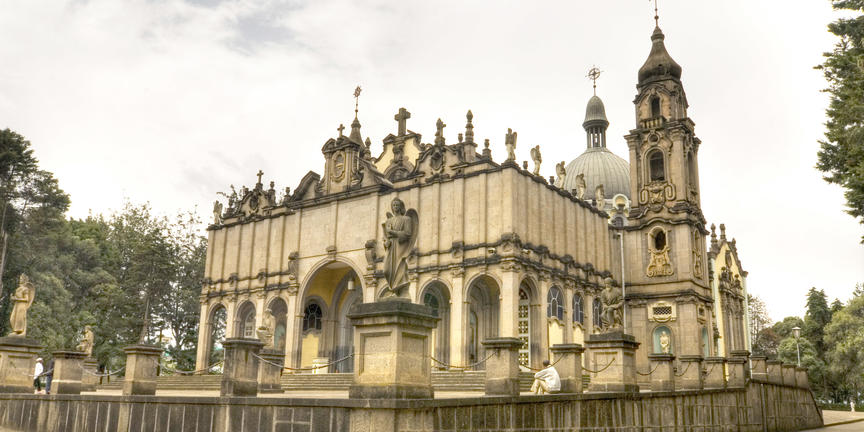
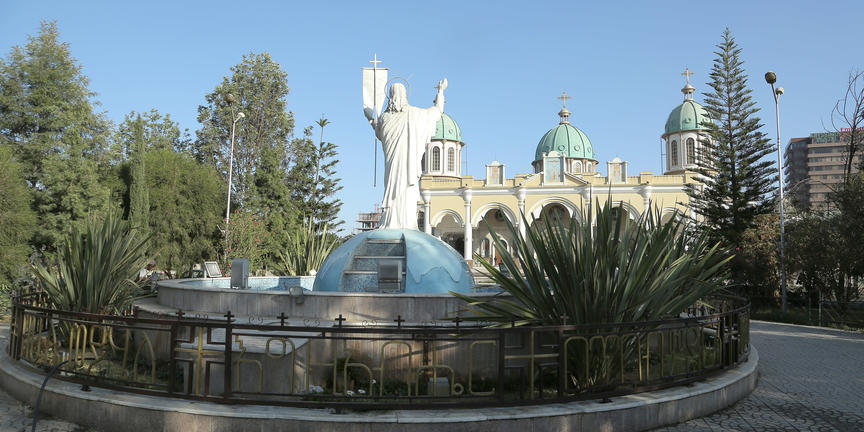
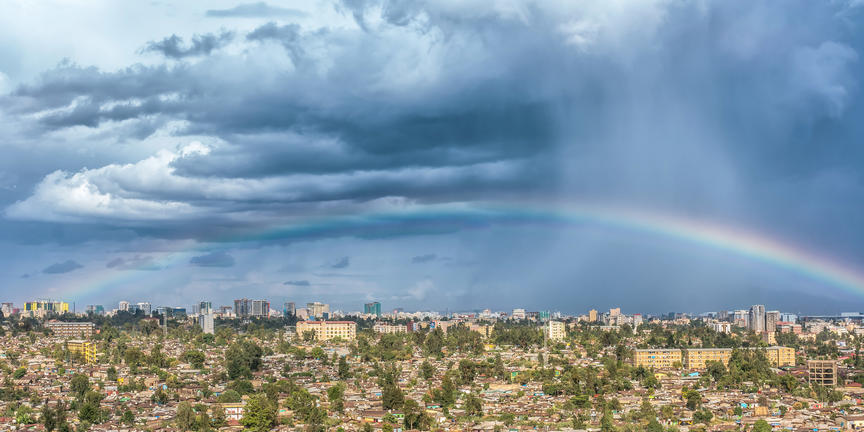
Located in southwestern Ethiopia, near the borders of Sudan and Kenya, Jinka is the largest town in the Debub Omo Zone. It serves as an excellent base from which to explore the surrounding area. This remote market town is home to the Mursi people, who are well known for their elaborate lip plates made of clay. At the South Omo Research Center and Museum, visitors can learn more about the Mursi, as well as other groups in the region, through a series of exhibits detailing the cultures and customs of local tribes. Nature enthusiasts will enjoy the nearby Mago National Park, where abundant wildlife finds shelter in the dense acacia woodland.
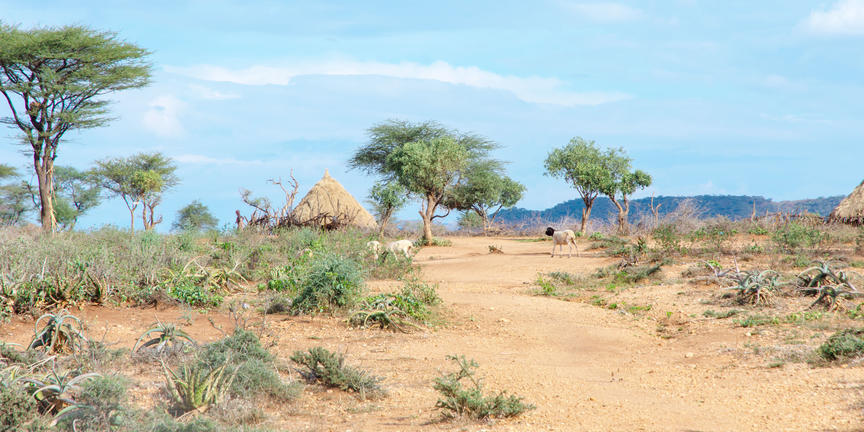
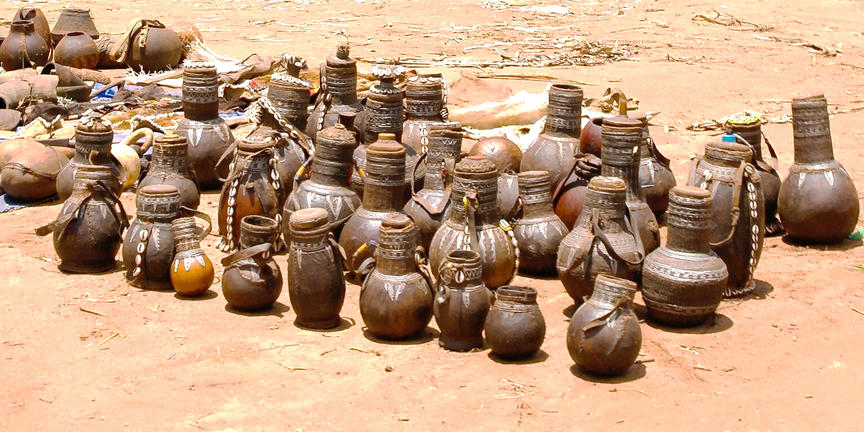
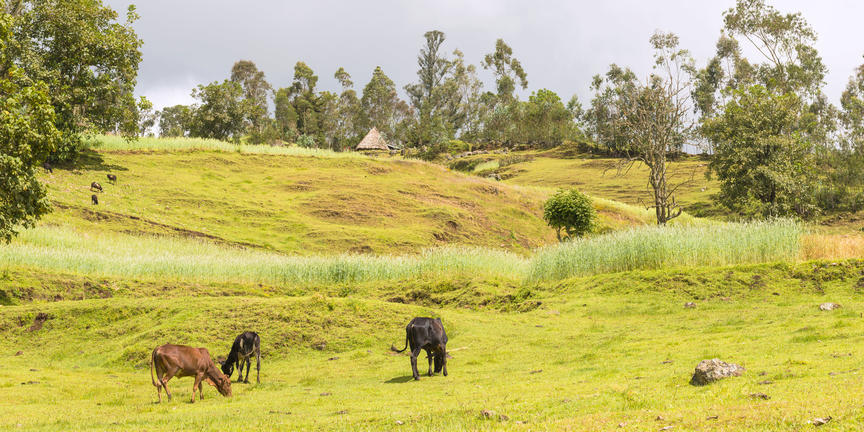
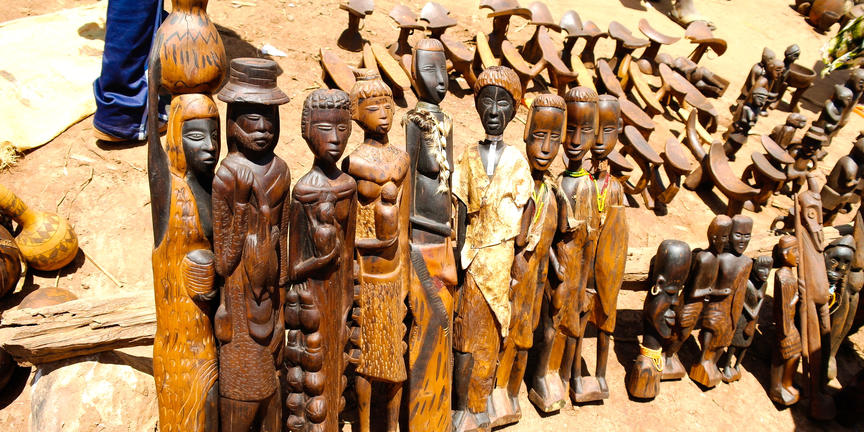
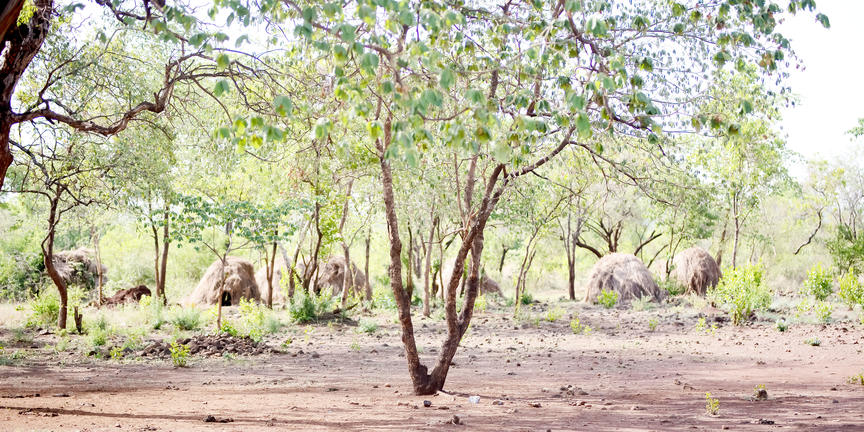
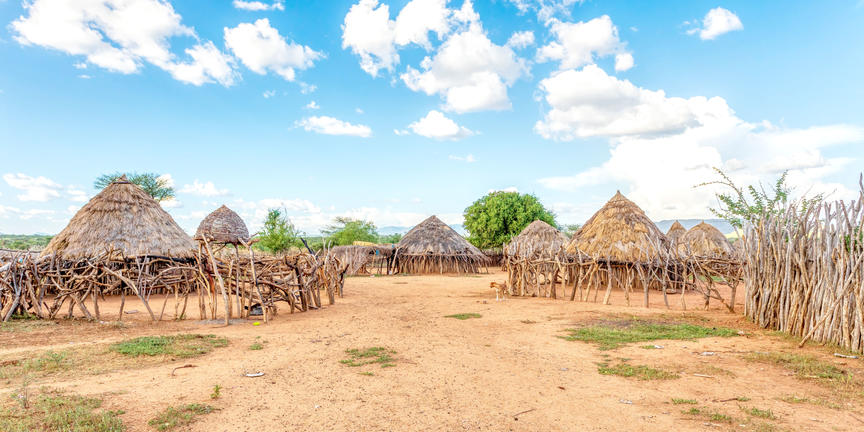
This small market town in southwestern Ethiopia functions as a central transport hub as well as an important meeting point for the area’s weekly Monday market. The local Hamer inhabitants of the surrounding villages flock here to buy and sell local produce and handicrafts. Visitors to the area can enjoy culturally fascinating guided tours of the surrounding villages. Popular cultural attractions include traditional Hamer dance performances and exhilarating ‘Jumping of the Bulls’ ceremonies which form the culmination of a three-day long rite of passage for any young man within the Hamer tribe.Turmi is a great choice of destination for travellers in search of a unique and authentic African experience in one of the most remote places on the continent.

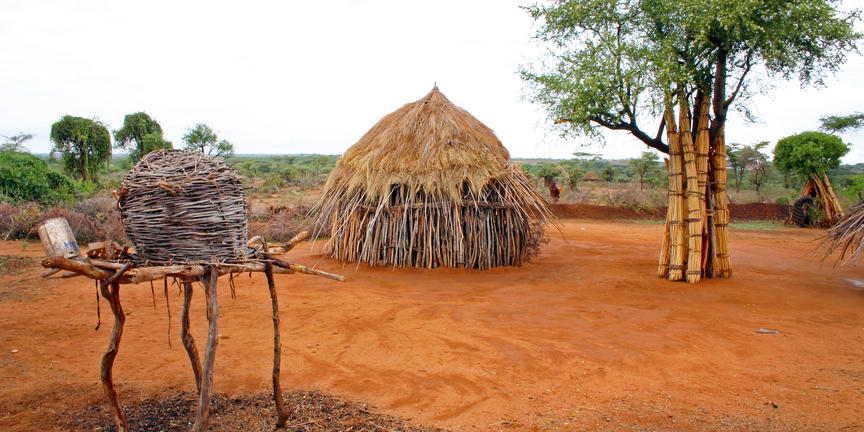
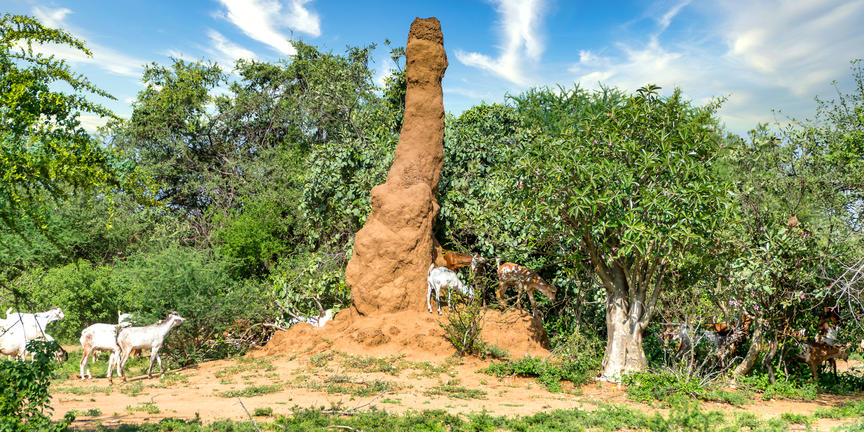
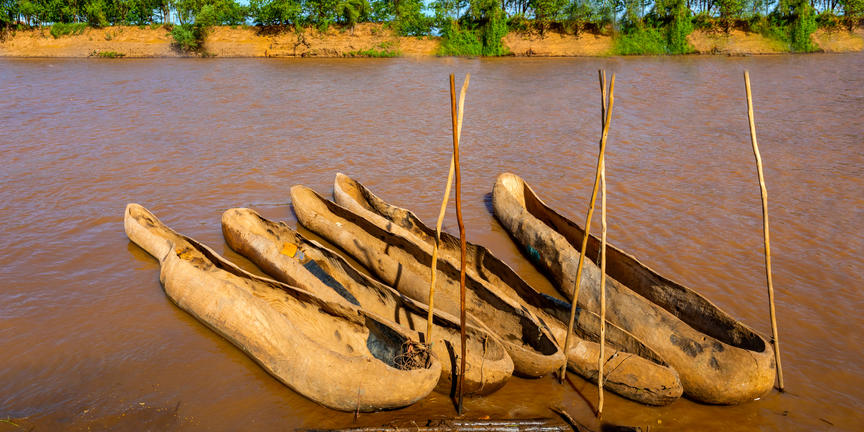
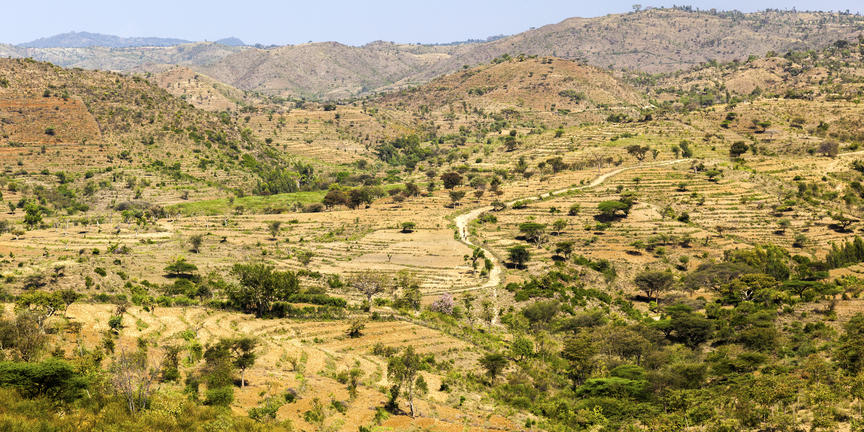

Situated on the southern shores of Lake Tana in northern Ethiopia, Bahir Dar serves as the capital city of the Amhara region. The city features palm-lined avenues and was awarded the 'UNESCO Cities for Peace Prize' in 2002, for addressing the challenges of rapid urbanisation. Bahir Dar is a popular tourist destination in Ethiopia, offering a wonderful selection of attractions in the surrounding area. Visit some of the world’s oldest medieval monasteries and churches on the islands scattered within Lake Tana, and discover the spectacular Blue Nile Falls, featuring a 45-metre drop, an impressive 400-metre width, and an array of misty rainbows.
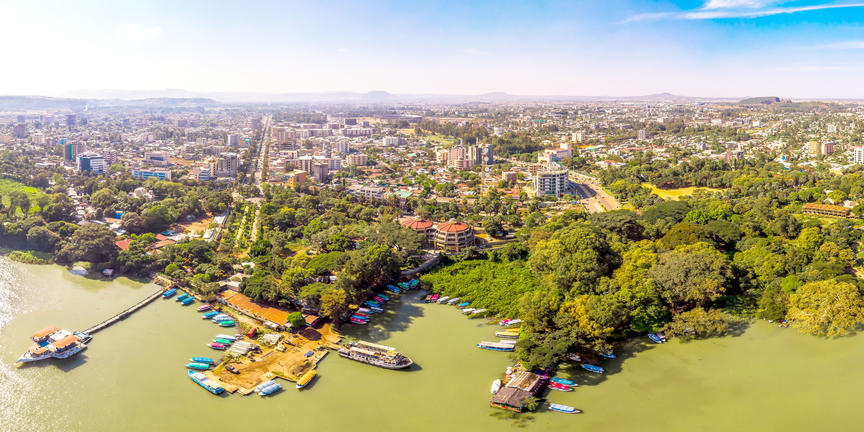
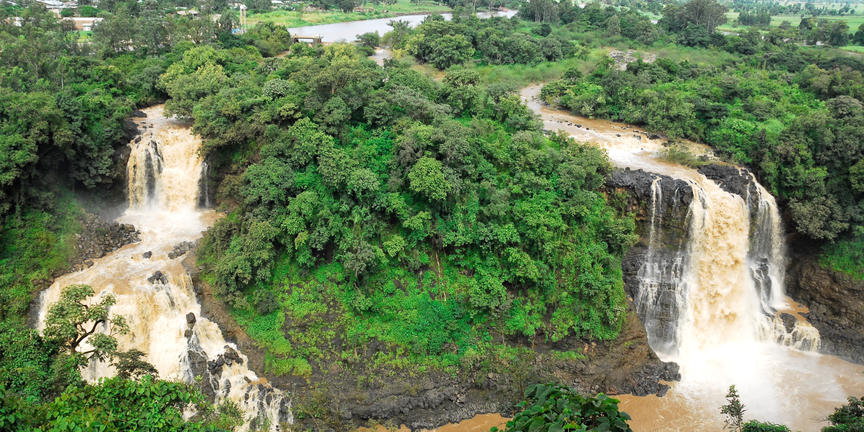
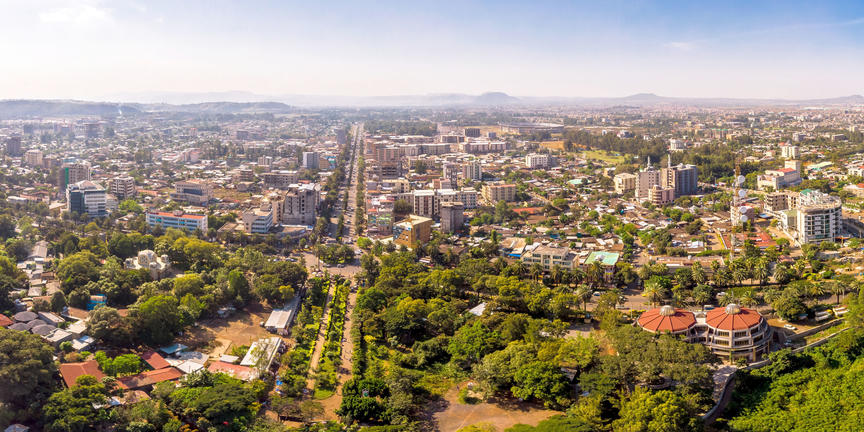
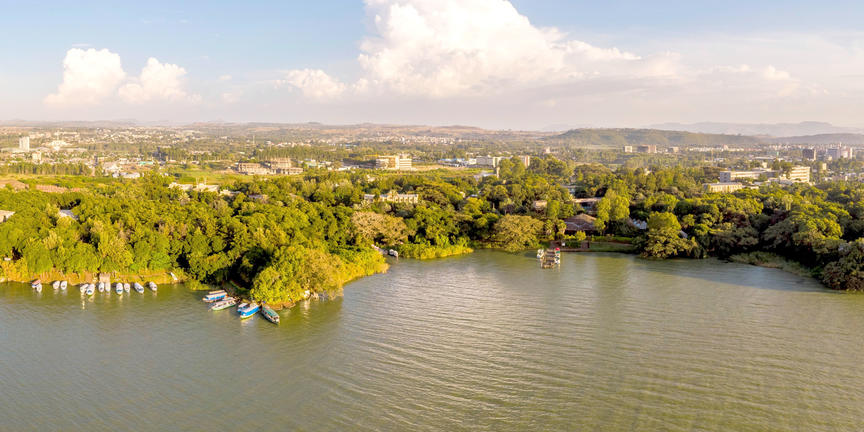
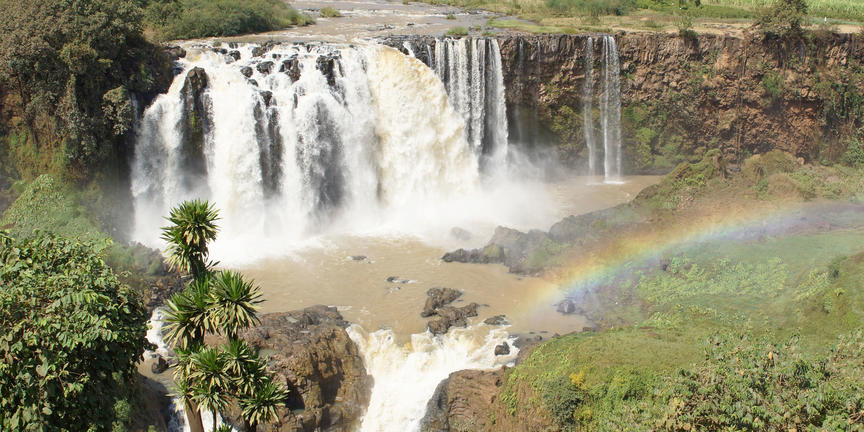
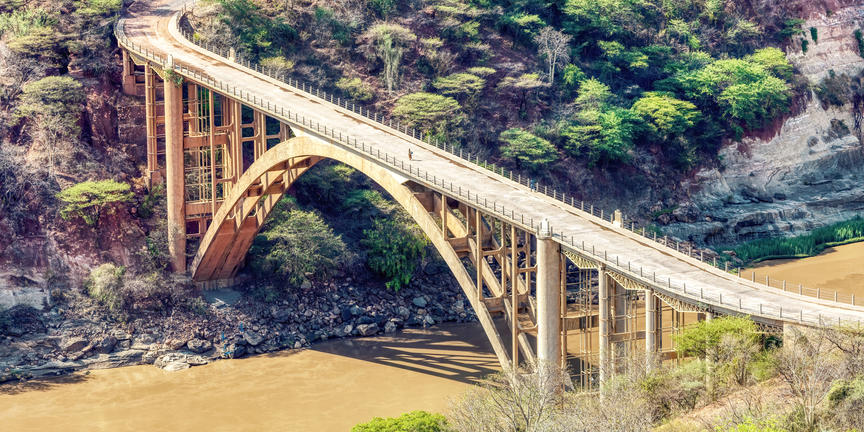
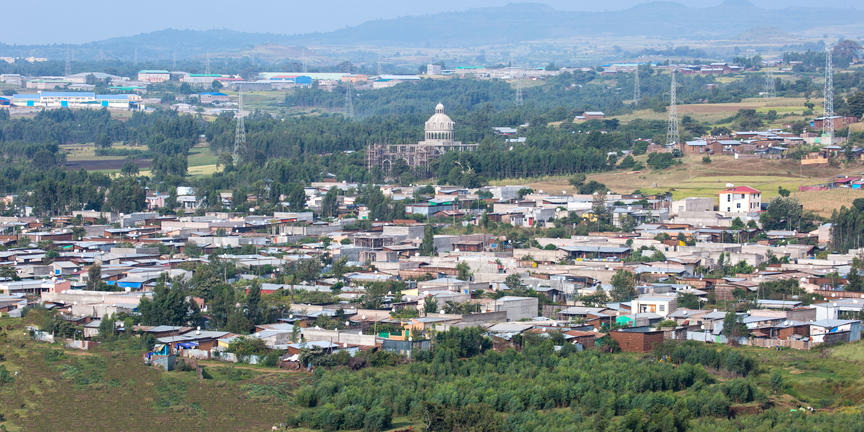
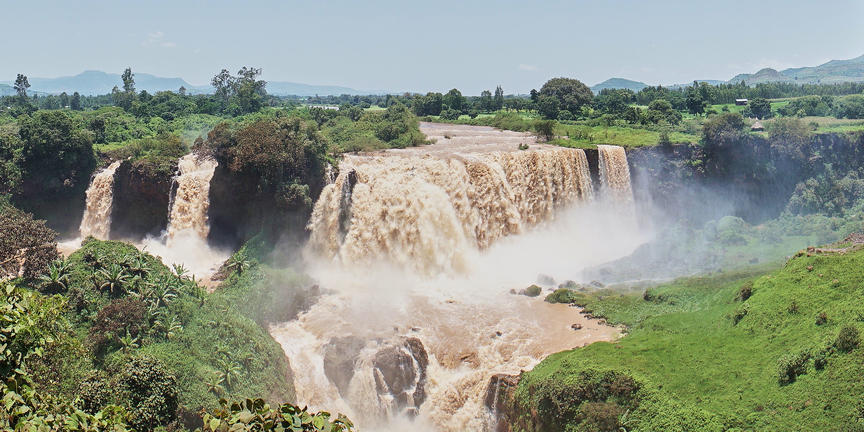
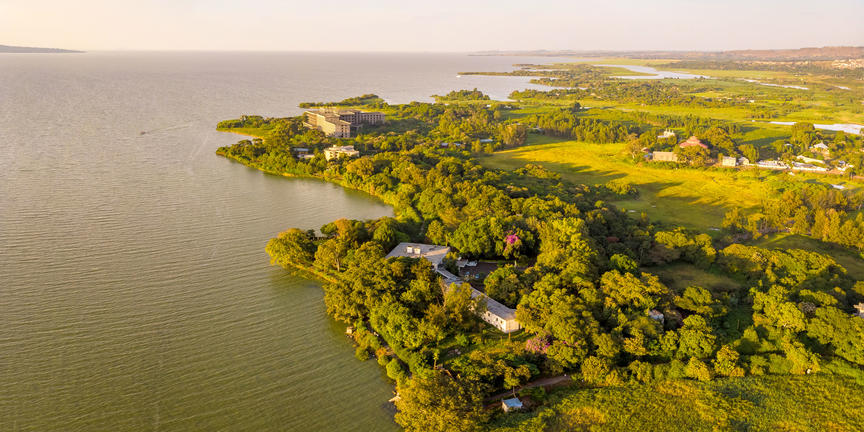
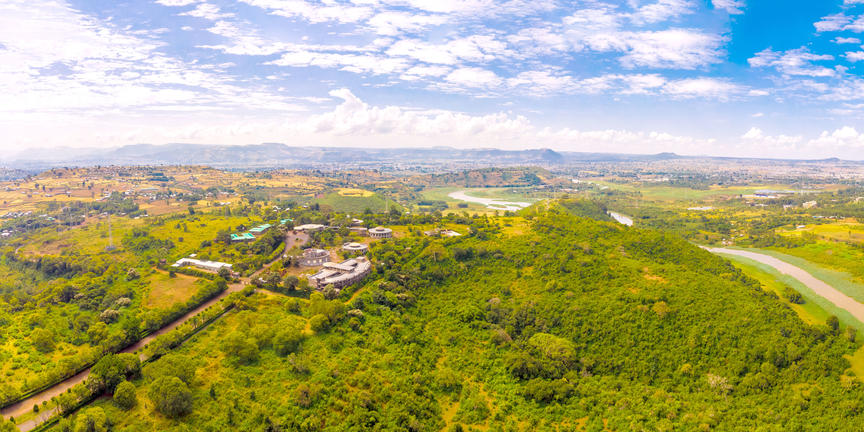
Situated southwest of the Simien Mountains, north of Lake Tana, Gondar once served as the royal capital of the ancient Ethiopian Empire. Known as the ‘Camelot of Africa’, Gondar is home to the World Heritage Site of Fasil Ghebbi, a fortress-city previously inhabited by to the Ethiopian emperor Fasilides. Visitors can enjoy a wide selection of wonderful activities. Explore the ancient Gondar Castle, a medieval castle and palace complex; the 17th century Church of Debre Sina, featuring biblical murals on every wall; and visit the beautiful nearby Simien Mountains National Park. Don’t miss a visit to Ras Dashen, the highest mountain in Ethiopia.
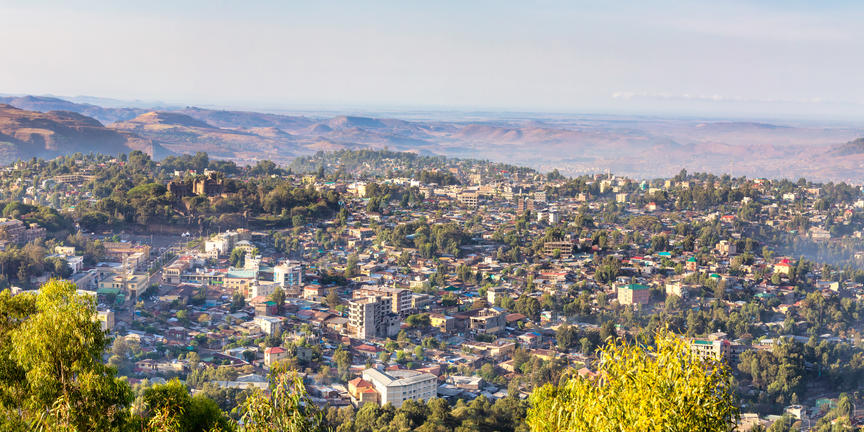

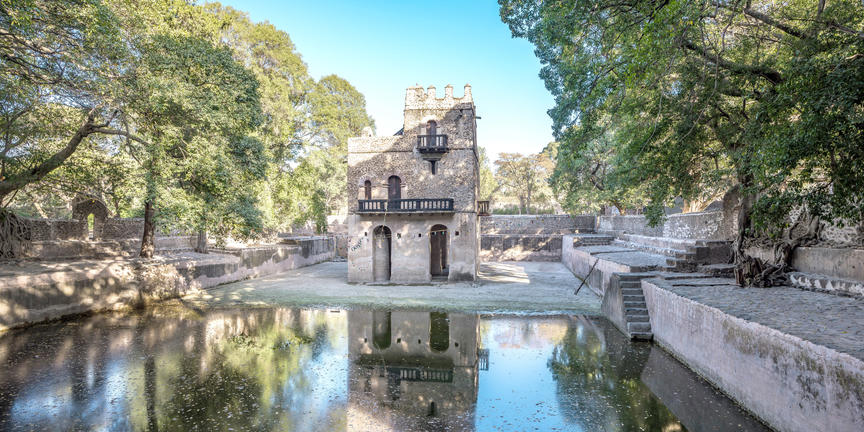
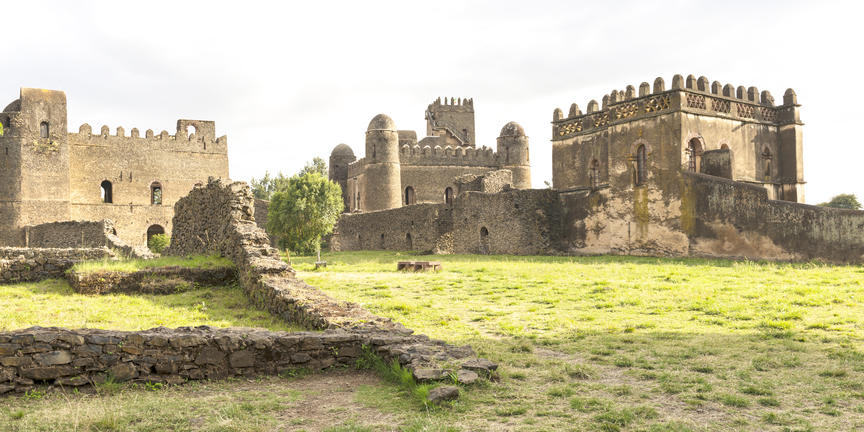
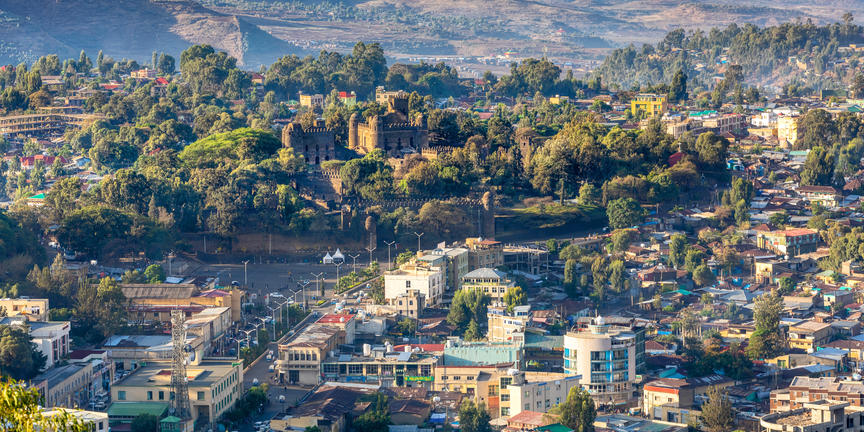
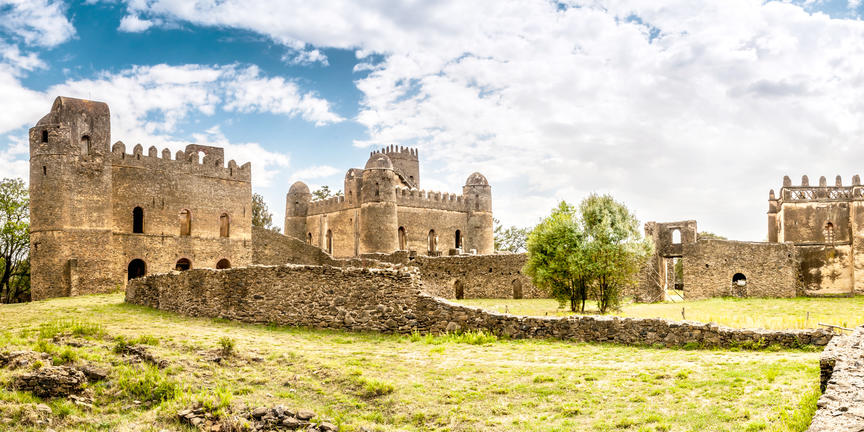
Situated in northern Ethiopia, Axum, also Aksum, is the ancient capital of the old Kingdom of Axum, one of the most important historical sites in sub-Saharan Africa. The town of Axum is the centre of a myriad of religious mysteries. It is said to be the home of the biblical Ark of the Covenant, the previous home of the Queen of Sheba and it is believed to be the resting place of one of the wise men. Axum's historical archaeological sites have been added to the UNESCO World Heritage List. The undeniable highlight of this ancient city and its most renowned surviving monuments is a group of memorial monolithic obelisks, or stelae, built between the third and fourth centuries A.D.
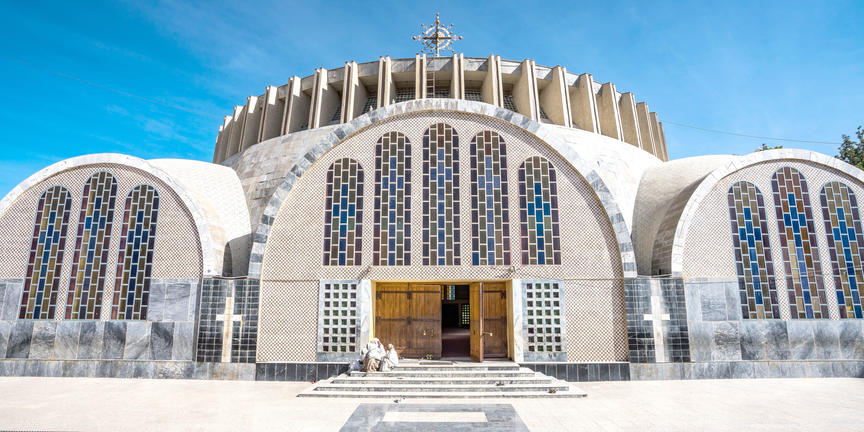
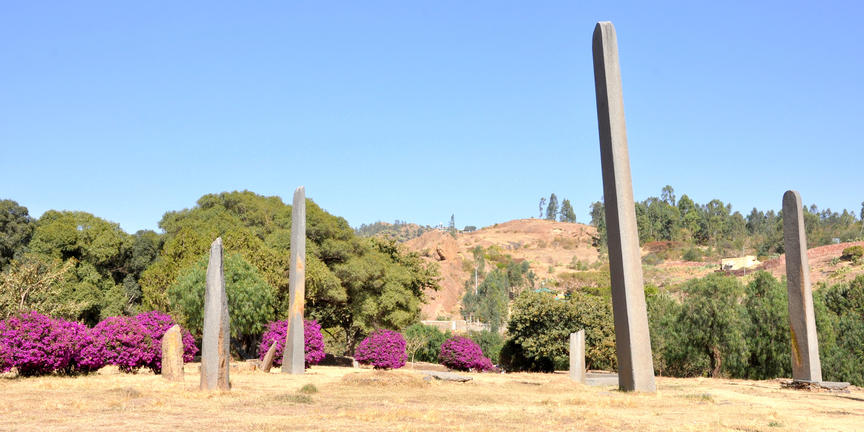
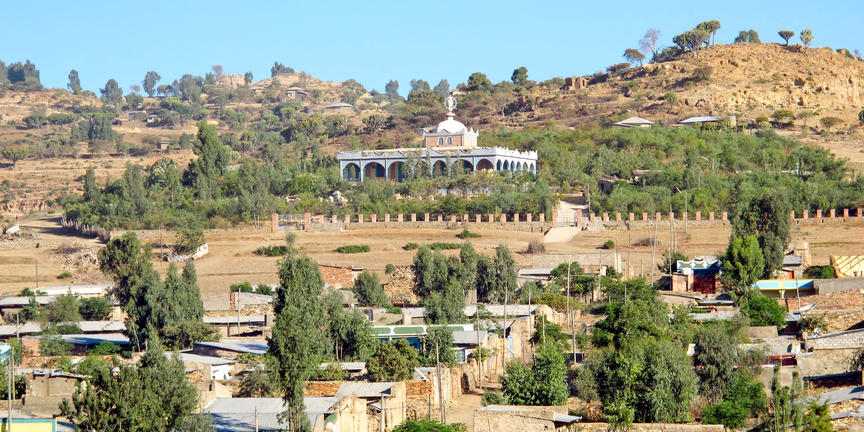
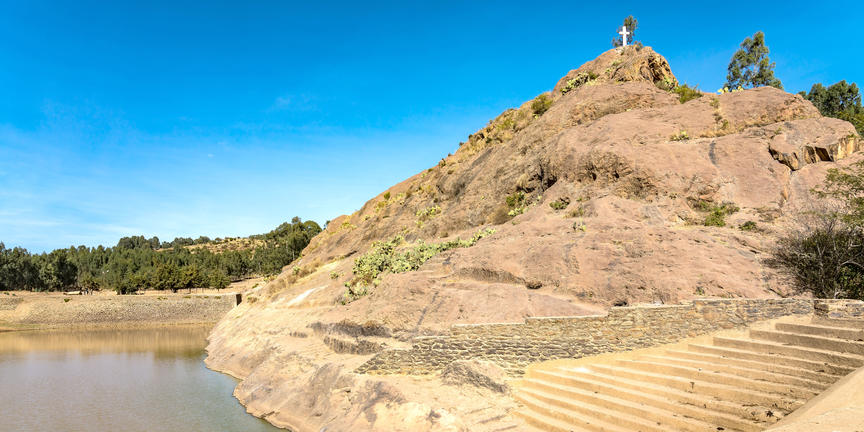
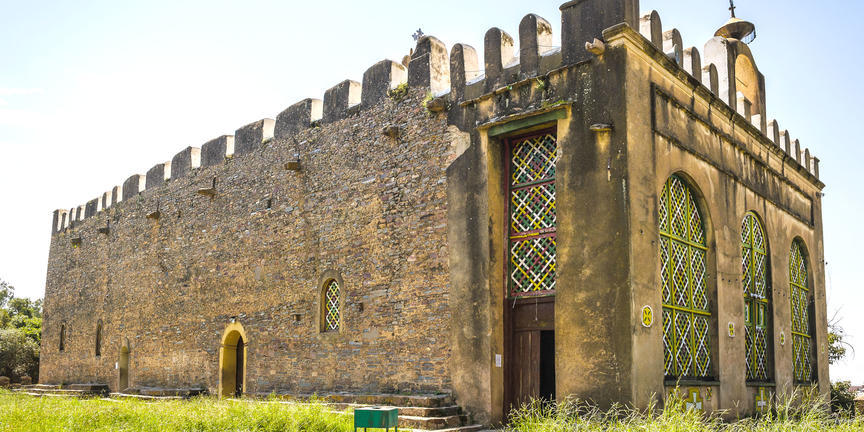
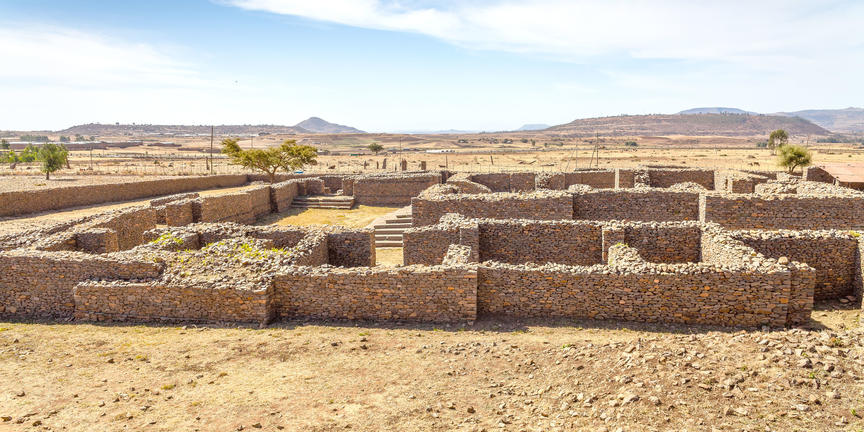
Situated in northern Ethiopia, the town of Lalibela is named after King Lalibela of the Zagwe Dynasty. The town is considered Ethiopia’s cultural capital and one of Ethiopia’s holiest cities, it serves as a centre of pilgrimage. The undeniable highlight of this ancient capital is dubbed the ‘Eighth Wonder of the World’ and includes eleven rock-hewn churches dating back to the 13th century. This UNESCO World Heritage Site is carved out of solid rock and includes subterranean monoliths, a network of interconnected tunnels, and chambers featuring magnificent frescoes. Lalibela also plays host to some of the most famous church festivals in Ethiopia.
